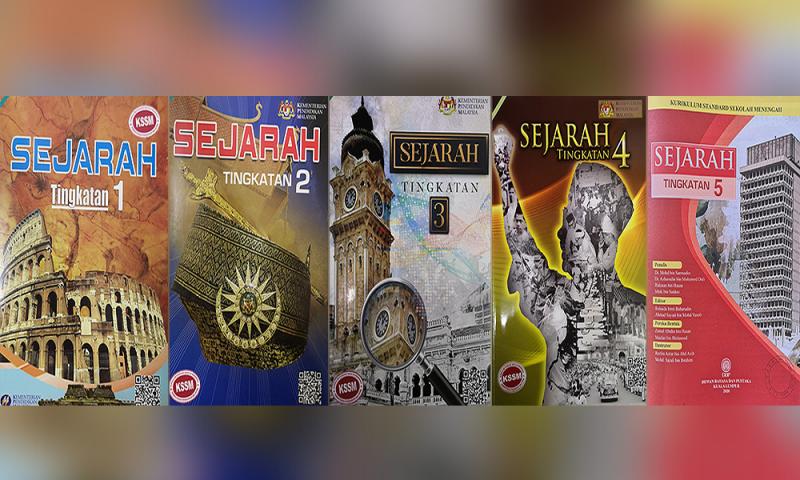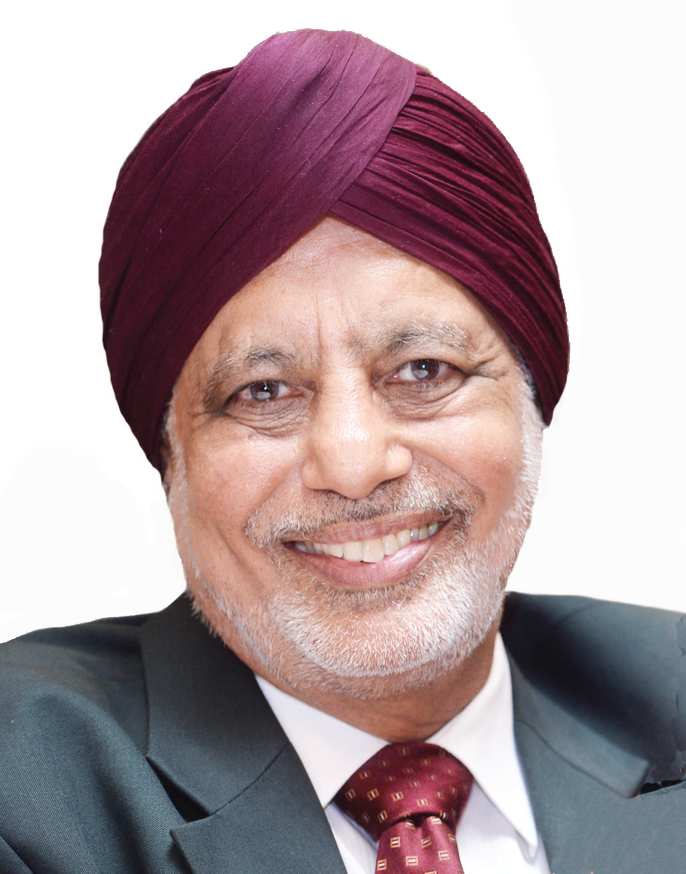COMMENT | Factual errors and half-truths in our history textbooks
COMMENT | The latest edition of secondary school history textbooks in Malaysia, beginning with the publication of the Form 1 history textbook in 2016 and that of the Form 5 textbook in 2020, are lopsided (distinctively Malay and Islam-centric), biased (intentionally omit significant facts relevant to nation-building) and inaccurate with numerous factual errors and half-truths.
To begin with, 17 out of the 18 writers of Form 1 to 5 history textbooks represent the dominant ethnic group. Hence, our young are now primarily learning Malaysian and world history from a particular perspective and specifically as viewed through the lens of one ethnic group.
Regrettably, the glaring defects in the current history textbooks only confirm the bias of the writers. Fundamentally, they do not provide an adequate, balanced and fair account of the emergence and growth of Malaysia’s plural society. For example, unlike earlier textbooks, the current history textbooks downplay the important roles and contributions of the Chinese and Indian communities in the economic and infrastructure development of the nation.
The textbooks are virtually silent about the pioneering role of the Chinese in the development of commercial agriculture (pepper, gambier, tapioca and pineapple) in the Straits Settlements and the Malay states during the 19th century. Astonishingly, the vital role of the Chinese in the development of the nation’s tin mining industry is dismissed with about two to three sentences in the Form Three history textbook. Similarly, the contributions of Indians in the development of the nation’s rubber industry are scantly mentioned - about two sentences in the Form 3 textbook.
The history textbooks omit the role of Indian labour in building roads, railways and bridges besides constructing ports, airports and government buildings. They sadly forget to tell the important, poignant story whereby hundreds of thousands of Indians lost their lives due to disease, snake bites, exhaustion and malnutrition in helping to develop the infrastructure of modern Malaya.
Such omissions on the key contributions of the ethnic minorities in the economic history of our nation have been increasingly blatant in the latest history textbooks. In contrast, the 1996 Form 2 history textbook (pages 148–50) provided a fairly detailed account of the roles of the Chinese and Indians in the economic development of Malaya, including in the opening up of new settlements and towns.
Further, the 1996 Form 2 textbook (pages 139–40) also elaborates on the key enterprising role of Chinese miners in increasing tin production and states clearly that they were 'pengusaha utama perusahaan bijih timah di Tanah Melayu' during the 19th century. Similarly, the subsequent edition of the Form 2 history textbook published in 2003 (pages 135–36) restates the crucial role of the Chinese in developing the tin mining sector, inter alia, as 'Sehingga akhir kurun ke-19, orang Cina menguasai kegiatan perlombongan bijih timah'.
Another major shortcoming of our current history textbooks is...
RM12.50 / month
- Unlimited access to award-winning journalism
- Comment and share your opinions on all our articles
- Gift interesting stories to your friends
- Tax deductable

 Ranjit Singh Malhi
Ranjit Singh Malhi